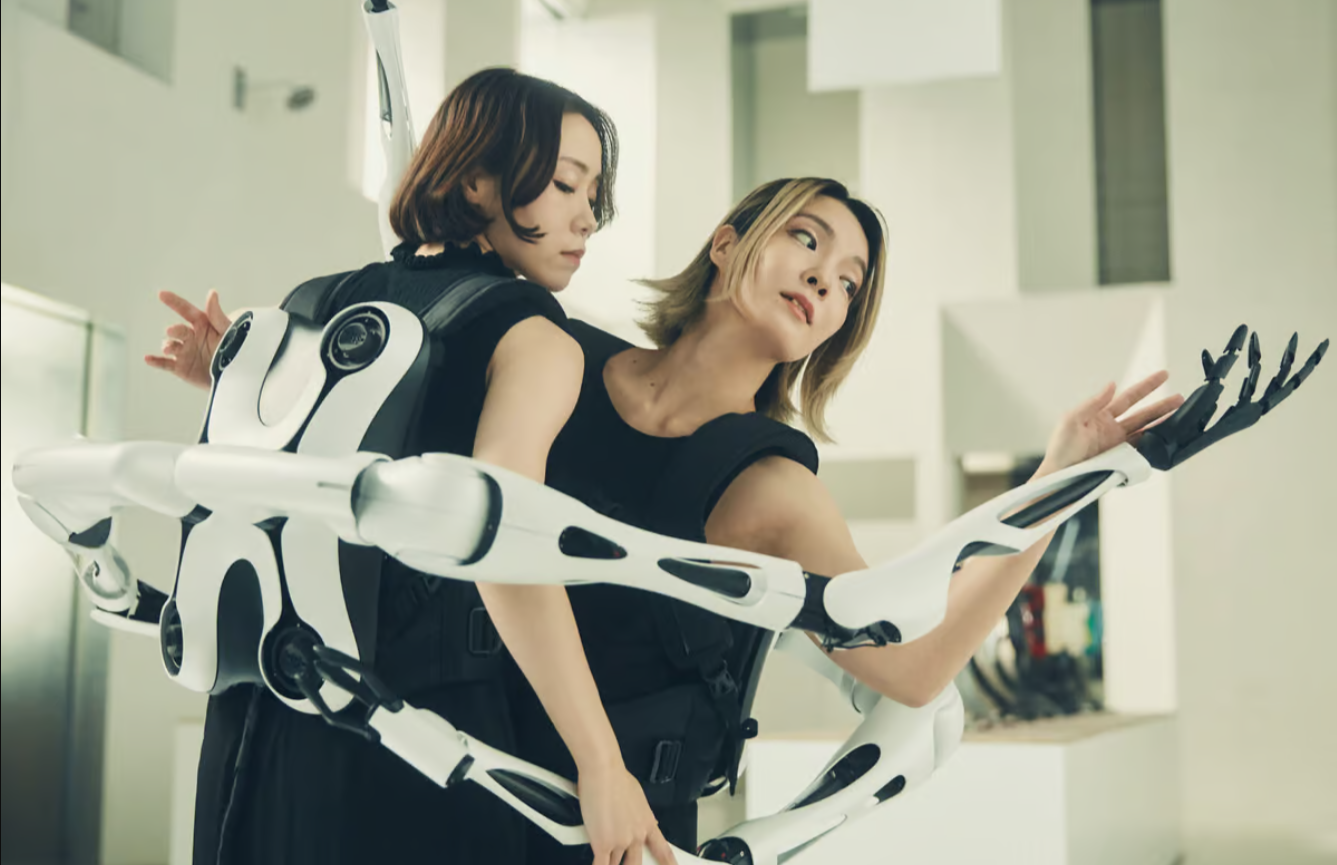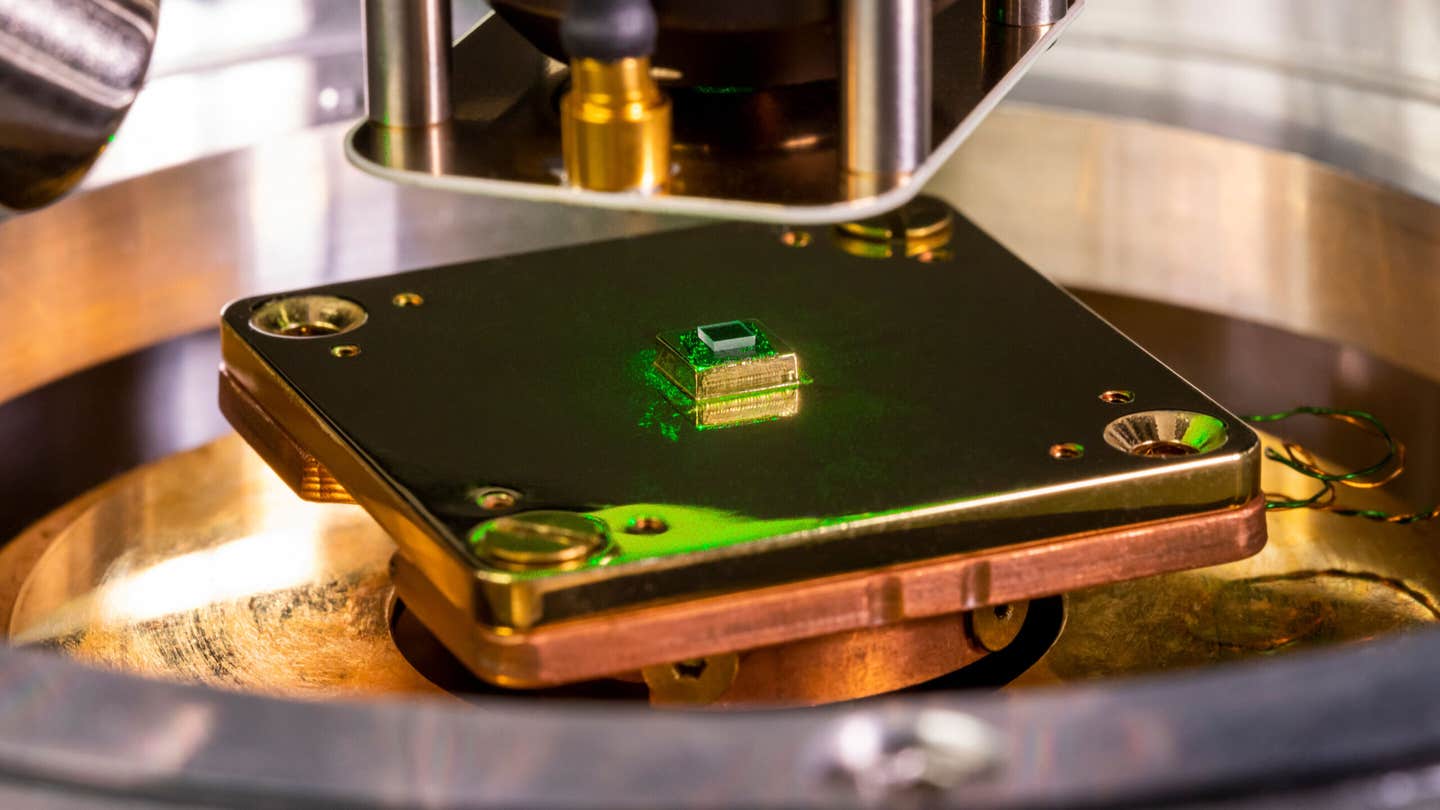The Rise of Wearable Robotic Arms and a Glimpse into a Cyborg Future
This is absolutely not a rival to human beings, but rather something that helps us do as we please, like a bicycle or an e-bike.

[June 30, 2023: Staff Writer, The Brighter Side of News]
Inami cites traditional Japanese puppetry, with its finely tuned synchronization of human and mechanical movements, as a significant influence. (CREDIT: University of Tokyo)
If cyborg body parts were as easily accessible and readily available as renting a bicycle from a roadside kiosk, how would that alter the fabric of society as we know it? This is the ambitious question that Professor Masahiko Inami and his team of researchers at the University of Tokyo are daring to explore.
Their daring venture into the world of advanced robotics has resulted in a revolutionarily new type of prosthetic – wearable robotic arms.
Delving into the heart of Inami's work reveals the guiding principles behind this unprecedented technology. Central to this pursuit is the concept of "jizai", a Japanese term roughly denoting autonomy and the freedom to move or act according to one's own will. This innovative concept serves as the foundational philosophy of the project.
“Our goal,” says Inami, “is to nurture a relationship akin to that between a musician and his instrument. The symbiotic bond lies somewhere between human and tool, much like how a musician feels his instrument to be an extension of his own body.” In this groundbreaking perspective, the notion of wearable robotics transcends mere functionality and delves into the realm of deeper human-technology symbiosis.
Related Stories
Inspiration for such a project came from diverse sources. Inami cites traditional Japanese puppetry, with its finely tuned synchronization of human and mechanical movements, as a significant influence. He also mentions a stirring short story by the celebrated novelist Yasunari Kawabata. In the story, a man borrows a young woman's arm for the night, an event imbued with an unsettling sense of horror and intrigue.
However, Inami is quick to dismiss any fears that this might create a rivalry between humans and machines. “This is absolutely not a rival to human beings, but rather something that helps us do as we please, like a bicycle or an e-bike. It supports us and can unlock creativity,” Inami asserted. He envisions his robotic arms not as competition for human abilities but as an enhancer of human potential.
This conviction is vividly illustrated in a promotional video for the “Jizai Arms”. The video features two ballet dancers, each equipped with robotic arms sprouting from their backs and torsos. The intricate dance routine that ensues is an awe-inspiring showcase of human and machine moving in unison. The dance concludes with an intimate embrace, the cyborg arms included, a testament to the harmonious coexistence that Inami envisages.
Inami notes an interesting phenomenon among the users of the Jizai Arms. Some users become so attached to the arms that they feel a sense of melancholy when removing them. "Taking them off after using them for a while feels a little sad. That's where they're a little different from other tools," he shared.
The intimate connection that the users develop with these robotic limbs reiterates the central premise of the project - the fostering of an intimate relationship between man and machine, similar to that of a musician and his instrument.
Inami envisages their use in critical operations such as search-and-rescue missions, where the extra pair of 'hands' could prove invaluable. (CREDIT: University of Tokyo)
While the fascinating project may seem like it's making a novelist’s fantasy a tangible reality, Inami emphasizes that the potential applications of this technology extend far beyond the realm of fiction. For instance, he envisages their use in critical operations such as search-and-rescue missions, where the extra pair of 'hands' could prove invaluable.
Inami’s vision for the future is both audacious and captivating. “In the future, we might see wings sprouting from people’s backs, or drones being attached to people. Maybe someone will come up with a sport that requires six arms or invent a new type of swimming,” he envisions.
The advent of wearable robotic arms under the guidance of Inami and his team at the University of Tokyo has already begun to push the boundaries of our understanding of human-robot symbiosis.
The world they envision, where robotics is not a competitor but a companion to human endeavors, raises profound and exciting questions about the future of human potential, creativity, and the very definition of what it means to be human in a technologically advanced world.
The narrative they are weaving promises to be an exciting tale of innovation, exploration, and human resilience as we move towards a future where the line between man and machine is not a border, but a harmonious blend.
Note: Materials provided above by The Brighter Side of News. Content may be edited for style and length.
Like these kind of feel good stories? Get the Brighter Side of News' newsletter.



